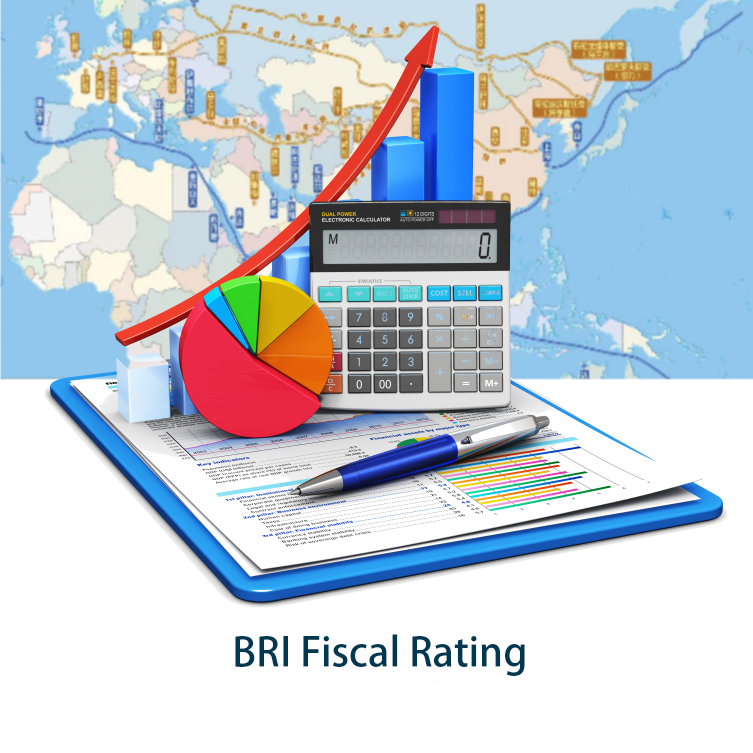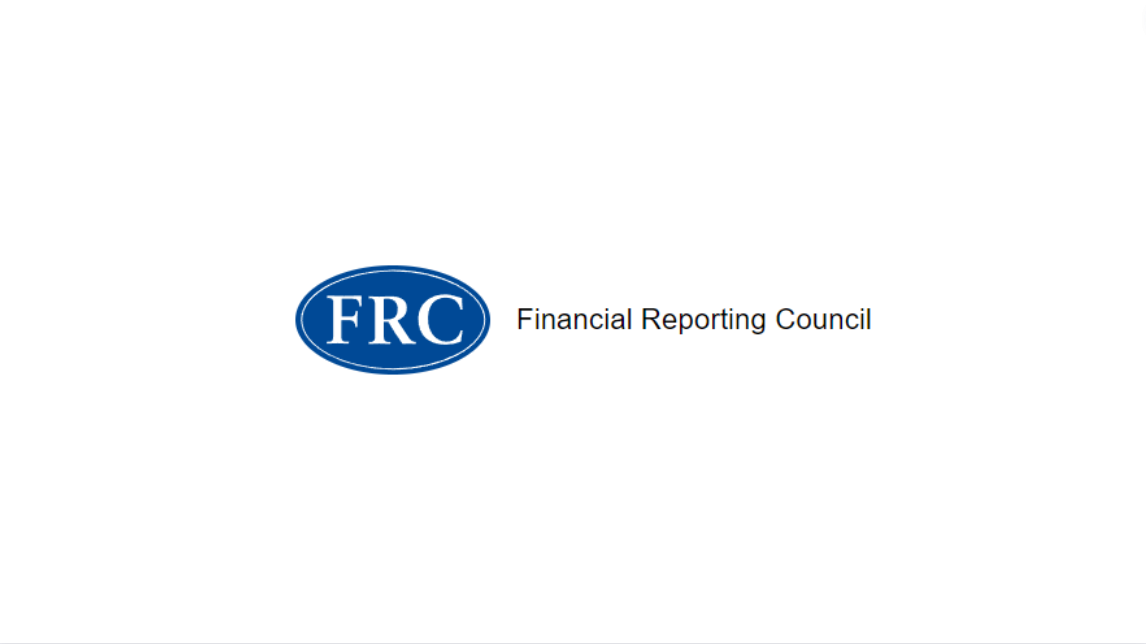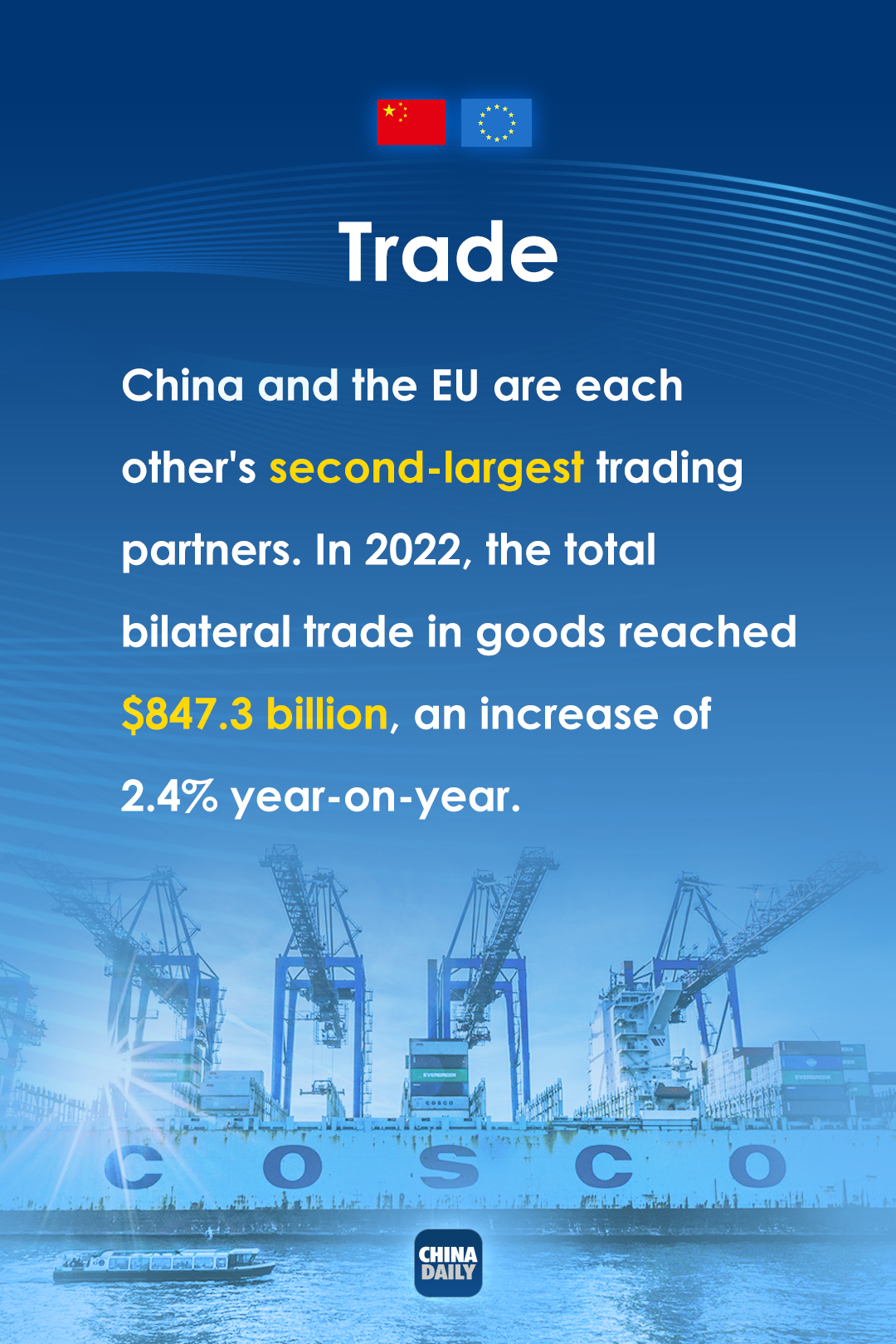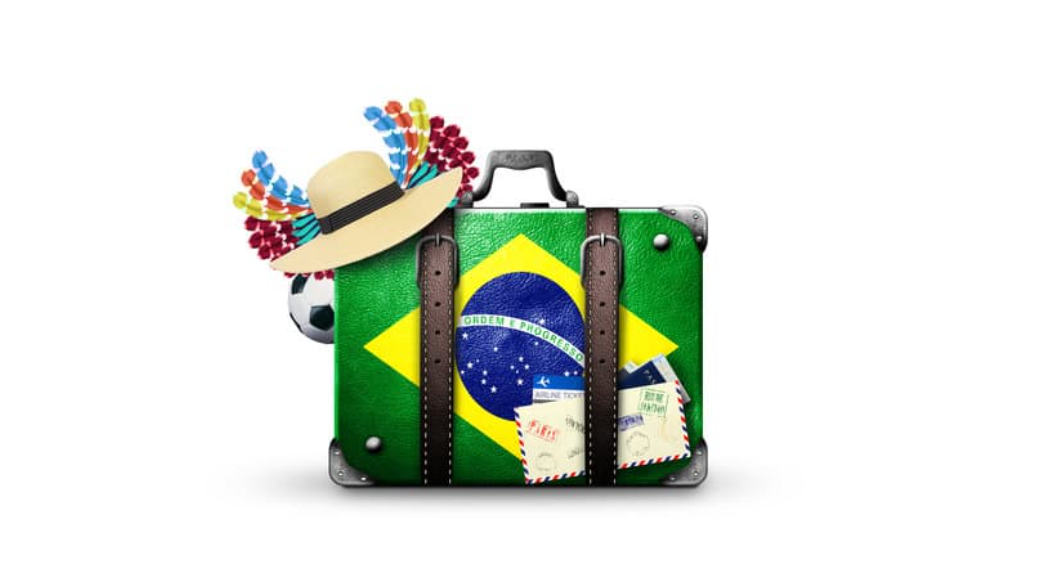4 tax updates to watch out for in South Africa – including solar and medical aid
While the 2024 Income Tax return deadline seems a long way off, taxpayers are urged to stay on top of their affairs to best mitigate their tax burden, says Morné Janse van Rensburg, Manager at financial services firm Hobbs Sinclair Advisory.
With recent developments in tax policies over the last two years relating to medical aid, solar financing and more, it has become increasingly important for taxpayers to be aware of how to benefit from them correctly.
Solar incentive
Between 1 March 2023 and 29 February 2024, individuals who install rooftop solar panels can claim a rebate of 25% of the cost of the panels, up to a maximum of R15,000.
According to finance minister Enoch Godongwana, this could reduce a taxpayer's tax liability in the 2023/24 tax year and is available for one year.
Hobbs Sinclair said that you would be remiss not to jump on this bandwagon sooner rather than later as stock is already limited, and the waiting lists are a few months in.
“Solar PV panels must be installed at a residence that an individual mainly uses for domestic purposes,” said the agency.
The firm noted that PAYE taxpayers could then claim the rebate on assessment during the 2023/24 filing season, while provisional taxpayers can claim it against their provisional and final payments.
“It is worthwhile noting that only the individual who pays for the solar panels can claim the rebate and that the solar panels must be brought into use on or before February 2024, accompanied by a Certificate of Compliance to qualify for the rebate,” it added.
Medical Aid
Taxpayers also qualify as main medical aid members for tax credits due to their monthly contributions.
Additionally, one may also qualify for additional medical aid tax credits based on medical expenses paid for by oneself or a dependent that were not refunded by medical aid.
Hobbs Sinclair said these expenses include:
- Services rendered and medicines supplied by any duly registered medical practitioner, dentist, optometrist, homoeopath, naturopath, osteopath, herbalist, physiotherapist, chiropractor or orthopedist;
- Hospitalisation in a registered hospital or nursing home;
- Home nursing by a registered nurse, midwife or nursing assistant, including services supplied by any nursing agency;
- Medicines prescribed by any duly registered physician (as listed above) and acquired from any duly registered pharmacist;
- Expenditure incurred outside South Africa in respect of services rendered or medicines supplied which are substantially similar to the services and medicines listed above;
- Any expenses prescribed by the Commissioner and necessarily incurred as a result of any physical impairment or disability.
The group said that taxpayers often do not submit such expenses to their medical aid because their medical savings have been exhausted or they know it would not be covered.
“However, even if you pay for the expenses in full, it is imperative that these are submitted to your medical aid so that they can include these on your Income Tax certificate for the tax year,” said Hobbs Sinclair.
“Although SARS is fully within its rights to request the invoices and proof of payments for these expenses, they are less likely to query the expenses if they are disclosed on your medical aid tax certificate.”
The new monthly medical scheme fees tax credit rates for 2023/4 are R364 for the primary member, the first dependant, and R246 for each additional dependant.
Retirement annuities (RA)
“Although there are no limits to the amount you can contribute to your retirement annuity each year, there is a limit on how much of these contributions will be deductible for tax,” says Hobbs Sinclair.
There is a limit of 27.5% of one’s remuneration or taxable income – to a maximum of R350,000 per year. If an annual contribution exceeds the maximum, the difference is carried forward to the next tax year.
“Furthermore, if the allowable deductions are not exhausted over the total contribution period, they can be offset at retirement to increase the tax-free portion of the lump sum you receive when you retire,” said the group.
Despite many taxpayers being aware of the possible deductions, they often wait until the very end of the tax year to determine how much extra they can contribute for a further tax deduction.
“Often, although they wish to make an additional investment, they cannot do so due to insufficient liquidity. However, had they monitored both their cash flow and estimated tax liability throughout the year, this could have been avoided,” Hobbs Sinclair said.
Donations
Any donations made to a SARS-approved public benefit organisation in a given tax year can be claimed as a tax deduction.
This is, however, limited to no more than 10% of one’s taxable income before taking the deduction into account.
“Upon donating, the organisation should issue you a Section 18A certificate specifying the date and value of your donation and their relevant details.”
“SARS would disallow any donations claimed for tax purposes without this certificate,” said Hobbs Sinclair.























































First, please LoginComment After ~